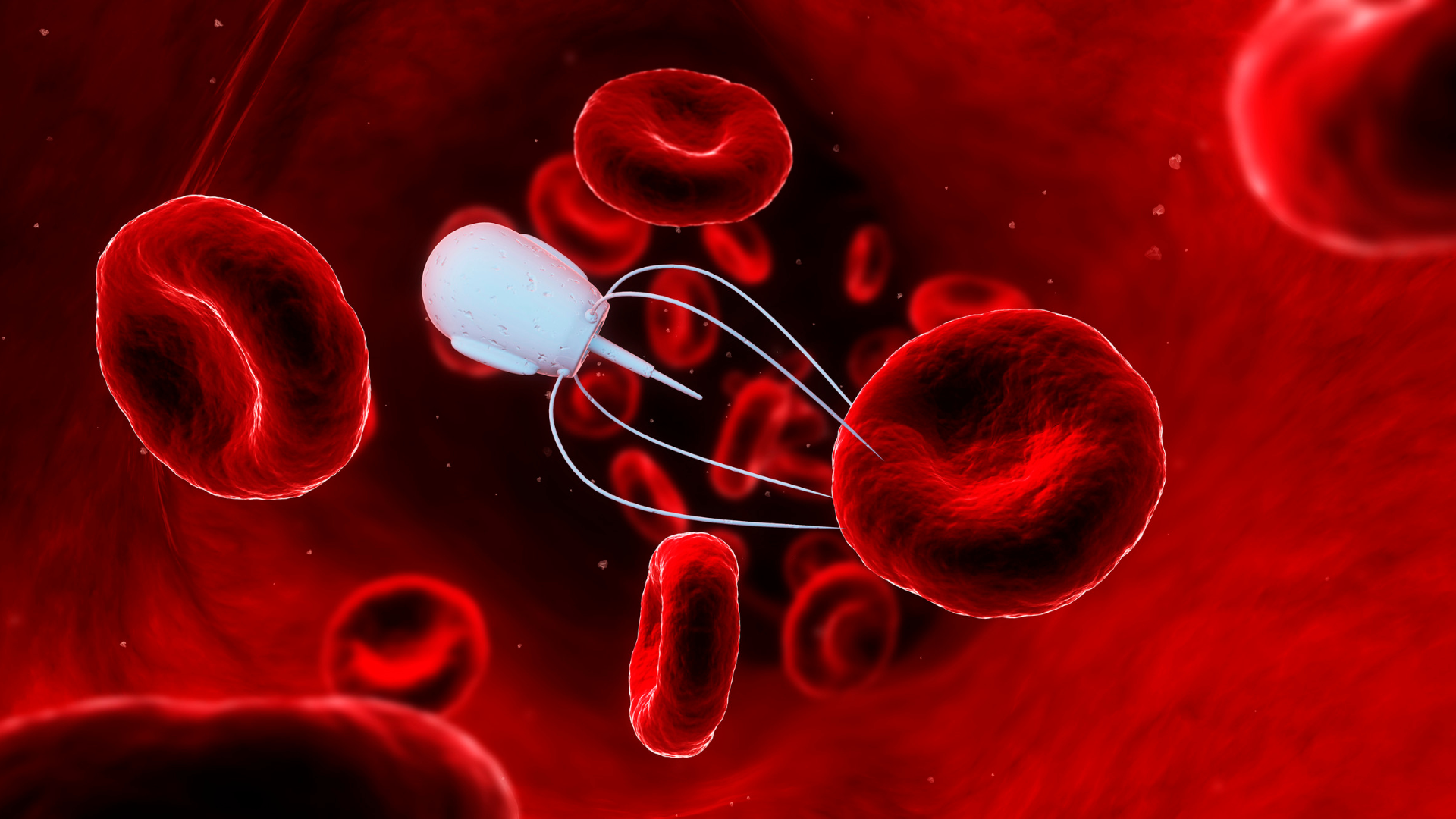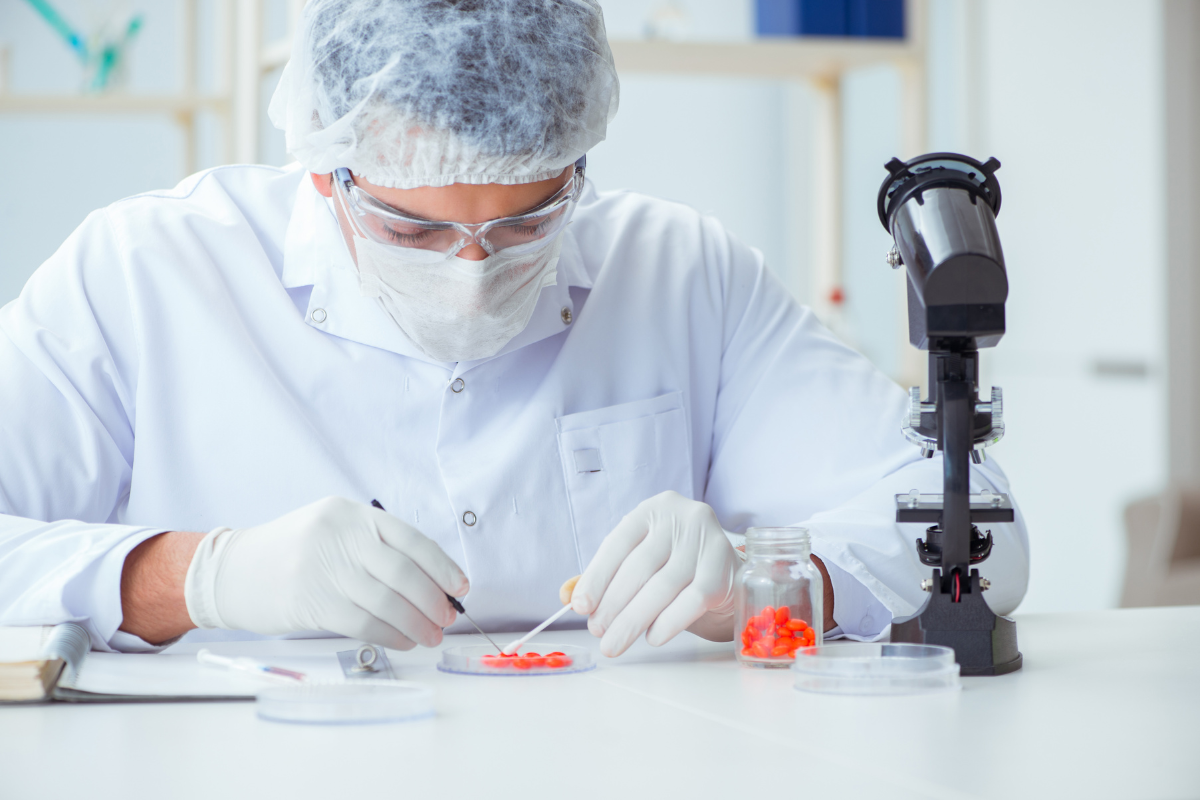Examining New Technologies for the Delivery of Therapeutics

The delivery of therapeutics to specific target sites is a field which is experiencing a current boom in innovation and creativity. Getting drugs to where they need to be in the body presents unique challenges which require specialised strategies across a broad range of dosage forms.
Examining these difficult challenges at Oxford Global’s Formulation discussion group New Delivery Technologies were Dr Joël Richard, Senior Drug Development Expert, Former Chief Scientific Officer at MedinCell and Dr René Holm, Professor at the University of Southern Denmark. The session also included senior industry representatives from across the field of drug delivery and formulation, enthusiastic to discuss the key advancements and challenges of the sector.
Long-Acting Subcutaneous Delivery
The first method of administration that the discussion group deliberated was subcutaneous delivery: injection in the tissue between the skin and the muscle. Holm said that the solubility of compounds is quite often an issue that makes it difficult to deliver them in this manner. “There are a lot of compounds that companies would like to be self-administered subcutaneously,” added Holm. “But they run into solubility issues.”
Holm said that ideally, compounds would be translated into methods of administration that are easier to deliver than intermuscular injections, such as subcutaneous. Doing so would not only allow patients to administer therapeutics to themselves, but it would also reduce pain upon therapeutic delivery.
One attendee to the session noted that delivering large volumes of drugs subcutaneously could be challenging. Richard commented that “high volume is not necessarily related to long acting.” He added: “you many have very long-acting products with a very low volume. High volume, most of the time, is related to loading high concentrations of drugs.”
- Controlled Drug Delivery of Oral Liquid Dosage Forms
- Handle with Care: Continuous Delivery of Fragile Molecules
Richard anticipated that one of the key challenges for this type of product is viscosity. “It is important to consider viscosity if you want the solution to be injected easily,” he said. “Which means stronger correlation with the device used to administer these large volumes.”
Pointing toward suitable devices for subcutaneous delivery, Richard mentioned Ypsomed. The Swiss delivery device company has developed a specific auto-injector for large volume subcutaneous self-administration called Ypsomate 5.5. “ ’Large volume’ for them means between 1.5 and 5.5 mL,” he explained. Holm added that there was also the option to inject hyaluronidase together with the commercial products. “This allows you to inject 50, 60, if not 200 mL subcutaneously.”
Another senior attendee added that for large volumes, infusion pumps could be used as a model to infuse up to 5-10 mL per day, like those for insulin that are already on the market. This depends on the specific drug that you are planning to administer, its volume and its dosage. Other options that were suggested included large volume auto-injectors which depend on the patient population and their preference for ways of using these devices and delivery systems.
Direct to Organ Therapeutic Delivery
The next topic of discussion considered delivering drugs directly to their target organs. One attendee asked about the challenges facing delivering drugs to the bladder. The conventional method for bladder delivery is to insert a catheter into the urinary tract and through the bladder muscles to administer the drug to the site. However, method can of course be very uncomfortable for the patient. Therefore, innovation has been focussed on reducing the frequency of doses needed in order to minimise discomfort.
However, there have been more creative methods developed to minimise the invasiveness of treatment. One attendee mentioned the efforts of an MIT spin-out called TARIS Biomedical. TARIS have developed a pretzel-shaped insertion that could stay and release a compound within the bladder over the course of about a month.
Off-the-shelf catheters are used to insert the TARIS system into the bladder, which curls up into its pretzel shape while inside. TARIS was acquired by Johnson & Johnson in 2017, who are running the clinical development of the technology. The goal of the device is to administer compounds within the bladder to patients with bladder cancer.
While innovative, one attendee mentioned that compatibility could be a hurdle for the LiRIS approach. Some other formulations may not be adaptable to the materials that are used to manufacture the catheter and pretzel device.
Oral Delivery of Large Molecules
One senior representative was working on the oral delivery of large molecules, but permeability is a difficult challenge. An eminent field of research for this type of therapeutic delivery is in searching for excipients to act as permeation enhancers. Holm referenced some work done by Novo Nordisk in the oral absorption for GLP-1 which included a permeation enhancer, “but they had a very low bioavailability,” he said.
Also emerging in this field are devices that utilise microneedles. A company called Rani Therapeutics has developed capsules that encase a device to inject patients from the inside of the intestine. The capsule travels through the stomach and intestine, dissolves revealing the device, and injects large molecule therapeutics into the intestinal wall.
Rani is developing this dosage form to deliver large molecules orally which otherwise would require regular injections. The capsule is currently making its way through various clinical trials for the oral delivery of a variety of biologics. Although promising, some attendees had doubts about the concept of a ‘robotic pill’ as the viability of the dosage form regarding manufacturing and cost still remains to be seen.
While each method has its own complications, the proliferation of different approaches for dose administration presents a huge amount of promise for the Formulation field.
Learn from and meet leading experts in pharmaceutical science, addressing the critical strategic advances and technical innovation in formulation, drug delivery and drug product development. Join us at Formulation and Delivery UK.






